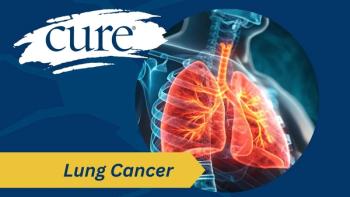
Reduction of Hair Loss Through Scalp Cooling May Vary with Treatment
One of the most visible side effects of chemotherapy is hair loss—a problem so distressing that some patients refuse treatment to avoid going bald.Studies have suggested that cooling the scalp during and immediately after treatment may help reduce hair loss. When the skin is cold, less blood flows to hair follicles, reducing their exposure to the drugs. One product, the Penguin Cold Cap System (manufactured by Medical Specialties of California UK), is billed as preventing hair loss in 80 percent of patients.
One of the most visible side effects of chemotherapy is hair loss—a problem so distressing that some patients refuse treatment to avoid going bald. To kill the tumor, cancer drugs target rapidly dividing cells. But since hair cells grow more rapidly than others, they often become the victims of friendly fire during treatment.
Studies have suggested that cooling the scalp during and immediately after treatment may help reduce hair loss. When the skin is cold, less blood flows to hair follicles, reducing their exposure to the drugs. One product, the Penguin Cold Cap System (manufactured by Medical Specialties of California UK), is billed as preventing hair loss in 80 percent of patients.
But the success of scalp cooling may depend on the type of chemotherapy a patient receives. At the San Antonio Breast Cancer Symposium, researchers from Beaumont Hospitals in Royal Oak, Michigan, described the effectiveness of wearing Penguin caps in 34 women with breast cancer. The women started wearing the caps 20 minutes before each chemotherapy infusion and wore successive caps during chemotherapy and for three hours afterward.
Two women in the study dropped out because they found the cold too uncomfortable, and one woman was withdrawn because her scalp became discolored. Three other women dropped out for other reasons.
Among those who completed the study, the product proved most successful with treatment regimens that did not use anthracyclines, which are common chemotherapy drugs that are associated with significant hair loss in most patients. Among women receiving anthracycline-based treatment, about half experienced extensive hair loss. However, only about 25 percent of women who did not receive anthracyclines experienced significant hair loss. The thinning that did occur tended to be evenly distributed, so patients who experienced hair loss were often able to get by without wigs.
This article is a part of CURE’s 2009 San Antonio Breast Cancer Symposium coverage. To read more articles from SABCS 2009, visit




